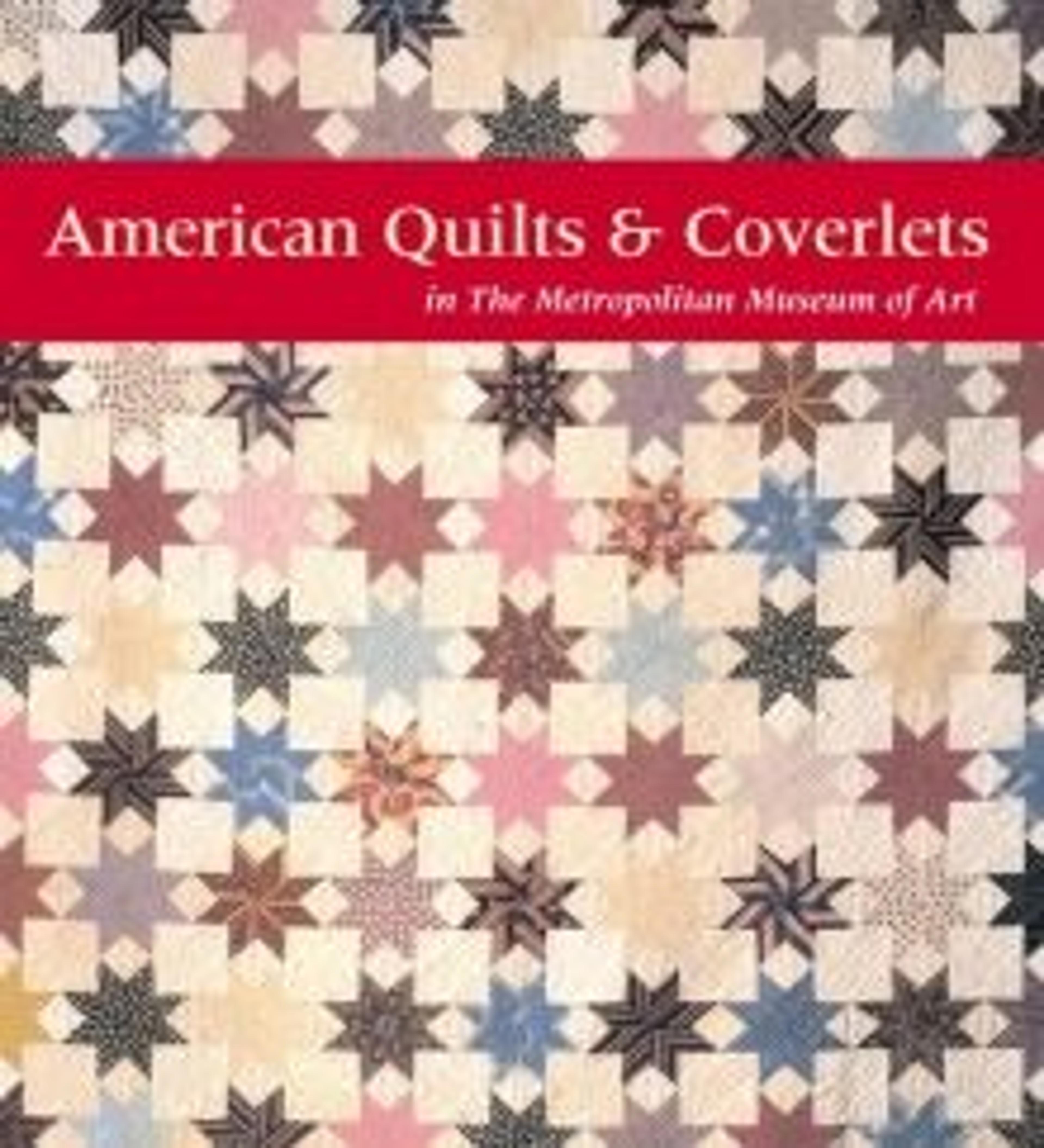Coverlet
This red wool and undyed cotton double cloth coverlet is woven in two panels and seamed at the center. It has a central floral medallion and four large roses in the field. The border has clusters of grapes and leaves, which alternate with single-stemmed roses on the left and right sides and with three snowflake motifs within the top and bottom borders.
Artwork Details
- Title: Coverlet
- Date: 1844
- Geography: Made in Dutchess County, Washington Hollow, New York, United States
- Culture: American
- Medium: Wool, cotton, woven
- Dimensions: Excluding fringe: 80 1/4 x 103 in. (203.8 x 261.6 cm)
- Credit Line: Gift of Hazel L. and Saidie E. Scudder, 1986
- Object Number: 1986.175
- Curatorial Department: The American Wing
More Artwork
Research Resources
The Met provides unparalleled resources for research and welcomes an international community of students and scholars. The Met's Open Access API is where creators and researchers can connect to the The Met collection. Open Access data and public domain images are available for unrestricted commercial and noncommercial use without permission or fee.
To request images under copyright and other restrictions, please use this Image Request form.
Feedback
We continue to research and examine historical and cultural context for objects in The Met collection. If you have comments or questions about this object record, please contact us using the form below. The Museum looks forward to receiving your comments.
